Are you a Filipino who dreams of visiting the United States? The visa application process may seem tough with many steps to follow. But don’t worry! This guide will show you how to get a Philippines visa for the USA. It will help you get ready for your trip. So, are you set to start your American adventure? Let’s dive in!
Key Takeaways:
- Understanding the visa application process for Filipino nationals traveling to the USA
- Preparing for the visa interview to maximize your chances of approval
- Strengthening your B1/B2 visa application with compelling evidence
- Addressing common reasons for visa denials
- Essential documentation checklist for a successful visa application
How to Prepare for Your Visa Interview
The visa interview is an important step in getting a tourist visa. It might seem scary, but getting ready can boost your chances. Here are key tips for the visa interview:
- Research common interview questions: Learn about typical questions you might face. This helps you craft smart, brief answers.
- Practice your answers: Get comfortable with your responses by practicing. Have a friend pretend to be the interviewer for better prep.
- Be confident: Walk into the interview with confidence. Talk clearly and look the interviewer in the eye. It shows you’re serious.
- Provide honest and concise answers: Always be honest and to the point. Stick to answers that directly respond to the questions.
- Bring all required documentation: Have your passport, visa form, appointment letter, financial proofs, and other documents ready.
- Discuss travel plans and ties to your home country: Talk about what you’ll do in the U.S. and your plans to return home. Mention your job, property, or family as reasons to go back.
- Show financial stability: Prove you can afford the trip. Use bank statements, job letters, or financial records.
By sticking to these tips and preparing well, your visa interview can go smoothly. You’ll be on your way to the U.S. feeling hopeful.
Strengthening Your B1/B2 Application
Applying for a B1/B2 visa needs careful planning. First, explain why you’re going to the U.S. just for a short time. This could be for tourism or business. Next, show you have strong reasons to come back to the Philippines. This can be a job, a house, or family needs.
Show detailed plans of what you’ll do in the U.S. This makes clear your visit’s intent. And, by showing you have ties back home, you make your application stronger.
Strengthening Your B1/B2 Visa Application
| Strategies | Description |
|---|---|
| Define Temporary Purpose | Clearly state the purpose of your trip as temporary for tourism or business. |
| Provide Evidence of Ties to the Philippines | Show documentation of strong ties to the Philippines, such as a stable job, property ownership, or family responsibilities. |
| Present Detailed Itineraries | Include comprehensive itineraries outlining your planned activities in the U.S. |
By taking these steps, you up your chances of getting a B1/B2 visa. And, you can start planning your trip to the United States.
Visa Denial Reasons and How to Address Them
Applying for a visa has its challenges. Reasons for denial can vary. These include not enough ties to your home country, incomplete paperwork, or doubts about your intent to return. Understanding why your visa was denied before is key to fixing issues in your new application.
Sometimes, officials deny visas because they’re unsure you’ll come back home after your visit to the U.S. To ease their worry, show more proof of your life in your home country. This proof can be a steady job, owning property, or family needs that require your return.
Remember, the key is to demonstrate that your trip to the U.S. is temporary and that you have compelling reasons to return to your home country.
Not providing all needed documents is another issue. Make sure to double-check what’s required for your visa. This includes financial records, travel plans, job contracts, or invitations. A complete and precise application prevents denial for this reason.
Have you been denied a visa before? It’s crucial to look at the reasons provided in the denial letter. Understand the concerns and address them properly in your new application. This might mean giving more evidence or clearing up any misunderstandings.
By understanding the reasons for denial and taking proactive steps to address them, you can significantly improve your chances of a successful visa application.
The visa process can be tricky, with many factors leading to denial. But, with the right approach to dealing with these reasons, you can make your application stronger. This boosts your chance of getting the visa.
Applying for a US Visa from the Philippines
Applicants from the Philippines can apply for a U.S. visa at the U.S. Embassy in Manila. Visa interviews happen there. Although the interview is in Manila, applicants must travel there. It’s advised to plan for travel and stay well ahead of time.
Having dual citizenship or a previous U.S. visa doesn’t stop you from applying for a B1/B2 visa. Be ready to talk about your past visits to the U.S.
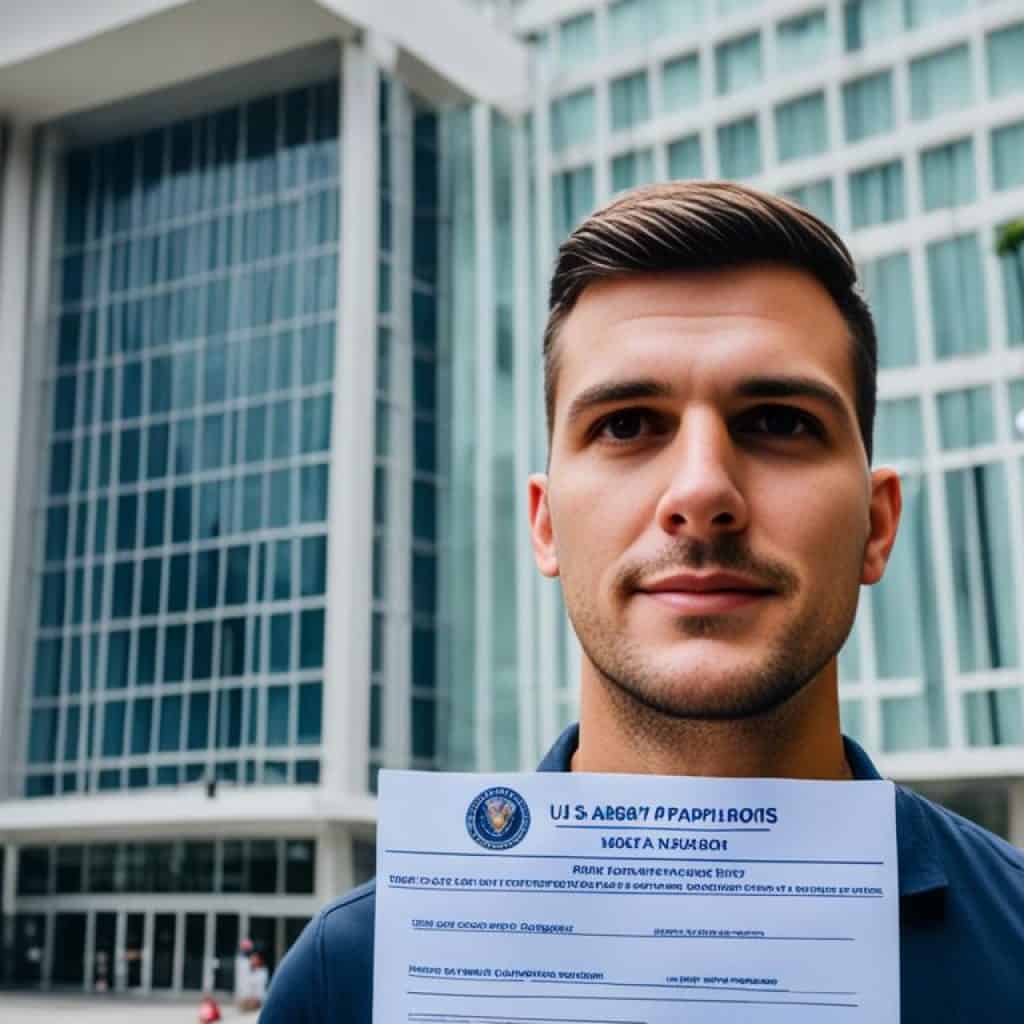
Preparing for Your U.S. Visa Interview
Attending an interview at the U.S. Embassy in Manila is crucial to get a U.S. visa. It’s the first step towards visa approval. Here are some tips to help ace your interview.
- Be prepared: Research common interview questions and practice your answers to stay confident and direct.
- Bring required documentation: Have your passport, DS-160 confirmation page, visa fee receipt, and any travel or home country ties documents ready.
- Be honest and concise: Answer the consular officer’s questions truthfully and to the point. Keep confident and make eye contact.
- Dress appropriately: Wear professional clothes to the interview to leave a good impression.
Remember, the visa interview is your chance to convince the consular officer that you intend to visit the U.S. for a temporary purpose and will return to the Philippines after your visit.
By following these tips, you boost your chance of success in the U.S. visa interview.
Visa Documentation Checklist
Applying for a U.S. visa requires all necessary documentation. Here’s what you’ll need:
- Valid Passport: Make sure your passport is valid for six months past your U.S. stay.
- Completed DS-160 Form: Fill out the DS-160 form online and keep the confirmation page.
- Visa Application Processing Fee Receipt: Pay the application fee and save the receipt.
- Visa Interview Appointment Letter: Print your visa interview appointment letter.
- Supporting Documents: Bring documents to show your trip purpose, home country ties, and ability to pay for your trip. This includes:
- Proof of employment or business ownership
- Evidence of property ownership
- Travel itineraries
- Letters from employers
- Financial statements or bank statements
The U.S. Embassy in Manila offers a documentation checklist. Make sure you have everything for your application.
Here’s a sample checklist layout:
| Document | Description |
|---|---|
| Valid Passport | A passport with at least six months of validity beyond your planned U.S. stay. |
| Completed DS-160 Form | The DS-160 form completed online with the confirmation page saved. |
| Visa Application Processing Fee Receipt | A receipt or proof of payment for the application fee. |
| Visa Interview Appointment Letter | Your printed appointment letter for the visa interview. |
| Supporting Documents | Show the trip’s purpose, ties to your home country, and financial capability. |
Reciprocity Fee for Filipino Citizens
When applying for a B-2 visa, Filipino citizens should know about the reciprocity fee. This fee is paid after the visa gets approved but before it’s issued. It’s important to include this in your budget.
The U.S. Department of State’s website lists the exact reciprocity fee amount. Always check the fee there before applying. This helps you plan your budget correctly.
Knowing the reciprocity fee helps Filipino citizens plan better. It avoids surprises during the visa process, ensuring you manage your money well.
Preparing for Travel to the U.S.
Once you get your U.S. travel visa, it’s time to plan your journey. There are important steps to make your trip smooth and stress-free:
- Book Flights and Accommodation: First, book your flights and places to stay early. This saves money and secures your travel plans.
- Consider Travel Insurance: Getting travel insurance is smart to cover unexpected health costs or travel issues. Choose a plan that offers good coverage in the U.S.
- Familiarize Yourself with Airport Security and Customs Procedures: Learn about U.S. airport security and customs before you go. This knowledge helps you move through processes faster and without trouble.
- Gather Required Documents: Make sure you have all needed documents for entering the U.S. This includes your passport, valid for six months past your stay, your travel visa, and any other U.S. immigration needed documents.
By following these steps, you’ll be ready for your U.S. trip. You can then enjoy an unforgettable travel experience.
Please note: Image for illustrative purposes only. Actual travel preparations may vary.
U.S. Visa Services in the Philippines
- The U.S. Embassy in the Philippines provides comprehensive visa services for Filipino citizens.
- Routine visa services are available, ensuring access to the necessary resources for the visa application process.
- For certain visa categories, wait times may be substantial, requiring applicants to plan ahead and apply well in advance.
- The embassy prioritizes travelers with urgent needs and certain critical categories of visas, expediting the process for those individuals.
If you want a U.S. visa, make sure to stay up-to-date with the embassy’s visa operations.
For the latest news, you can visit the embassy’s official website or contact their customer service for help.
What is a Visa and Visa Types
A visa is a document for citizens of other countries to enter the United States. It lets the person come to the U.S. for a certain reason and time. There are many visas, each for a different type of visit.
B-1 Visa for Business
The B-1 visa is for business trips to the United States. People come for meetings, to discuss contracts, meet business partners, or go to conferences. It lets you do many business activities while you’re in the U.S.
B-2 Visa for Tourism and Recreation
The B-2 visa is for tourists coming to the United States. This includes holidays, visiting family, getting medical care, or attending events.
It allows visitors to see the country, have fun, and enjoy America’s different cultures.
B-1/B-2 Visa Combination
Sometimes, people get a B-1/B-2 visa for both business and leisure. This visa is flexible, fitting the needs of travelers with many goals for their trip to the United States.
Quote: “The B-1 visa is for business, while the B-2 visa is for tourism, visiting family, getting medical care, or having fun.”
Other Visa Types
Apart from the B-1/B-2 visa, there are other visas for specific purposes:
- Study visas: For people studying in the United States.
- Work visas: For people working in the United States, short-term or long-term.
- Immigrant visas: For those wanting to live in the United States permanently.
| Visa Type | Purpose of Visit |
|---|---|
| B-1 Visa | Business-related activities |
| B-2 Visa | Tourism, recreation, medical treatment, visits with friends or relatives |
| B-1/B-2 Visa | Combination of business and leisure activities |
| Study Visa | Academic or vocational studies |
| Work Visa | Temporary or permanent employment |
| Immigrant Visa | Permanent residency in the United States |
Each visa type comes with its own requirements and application process. Be sure to find the right visa for your travel purpose to the United States.
Qualifications for a B-1/B-2 Visa
To get a B-1/B-2 visa, there are certain criteria you need to meet. You must show that your visit to the U.S. is for a short period. This means having a clear plan for your stay.
1. Purpose of Trip: Your travel reasons to the U.S. must be temporary. This could be for either tourism or business.
2. Limited Duration: It’s important to show that your stay in the U.S. has a set time limit. You should also share your activity plans for that period.
3. Sufficient Funds: You must prove you have enough money for your trip. This can be through bank statements, pay stubs, or support from a sponsor.
4. Strong Ties to Home Country: Demonstrating strong connections back home is crucial. This includes things like a steady job, property, or family commitments. It convinces the officer you will go back after your visit.
Some visitors, like crew members or personal employees, have extra requirements. These are specific to their visa categories.
If you meet these requirements and provide the needed paperwork, your chance of getting a B-1/B-2 visa increases. This will allow you to make the most of your trip to the United States.
| Qualifications for a B-1/B-2 Visa |
|---|
| Purpose of Trip |
| Limited Duration |
| Sufficient Funds |
| Strong Ties to Home Country |
Application Process for a B-1/B-2 Visa
Getting a B-1/B-2 visa has several key steps. Knowing these steps can make your application go smoothly.
Step 1: Complete the Nonimmigrant Visa Electronic Application (DS-160) form
The first thing is filling out the DS-160 form online. It asks for essential info about you, your trip, and your stay in the U.S.
Be careful to fill in all answers accurately. The DS-160 form’s details are critical for your interview later.
Step 2: Pay the visa application fee
After submitting the DS-160, you must pay the visa fee. It costs $185. You can pay this either at certain banks or online.
Remember to keep your payment receipt. You’ll need to show it at your visa interview.
Step 3: Schedule an appointment for the visa interview
Next, book your visa interview. This step is very important. It lets you talk directly to a consular officer about your visit.
You can set up your interview online, at the U.S. Embassy’s site. Aim to book early to get a date and time that suits you.
Step 4: Prepare and gather supporting documents
Before your interview, collect all needed documents. These papers show you’re eligible and plan to follow visa rules.
Key documents include your passport and financial records. They show you can afford your trip and have reasons to return home, like family or work.
Make sure you have originals and copies of everything. Organizing them well helps the visa officer check them easily.
Step 5: Attend the visa interview
The visa interview is key. Be ready to discuss why you’re visiting, your ties to your home, and how you’ll fund your trip.
Be truthful and clear in your answers. Share your documents as asked, and address any of the officer’s questions.
After the interview, the officer will decide on your visa. If you get it, you’ll see the visa in your passport.
Remember, getting a visa takes time, so apply early. Every case is different, and not all visas are approved.
By carefully going through these steps and clearly stating your case, your chances to get a B-1/B-2 visa improve.
Supporting Documents for Visa Applications
When applying for a visa, bringing the right documents is key. These help consular officers decide on your application. Having the correct documents boosts your chances of getting the visa.
Gathering the Required Documents
Here are some documents you might need:
- Proof of income
- Tax payments
- Property or business ownership
- Travel itineraries
- Letters from employers
- Criminal/court records
- Educational qualifications
The documents you need can change based on your trip’s purpose and your situation. Check the U.S. Embassy in Manila’s site for what you specifically need.
The Importance of Originality
Always give original documents, not photocopies or scans. Consular officers must check if your documents are real. If they doubt the authenticity, you might not get the visa.
Accuracy and Honesty Are Key
It’s vital to be honest in your documents. Avoid false information or misleading documents. Consular officers are good at spotting errors. Being dishonest could lead to a visa denial and affect future applications.
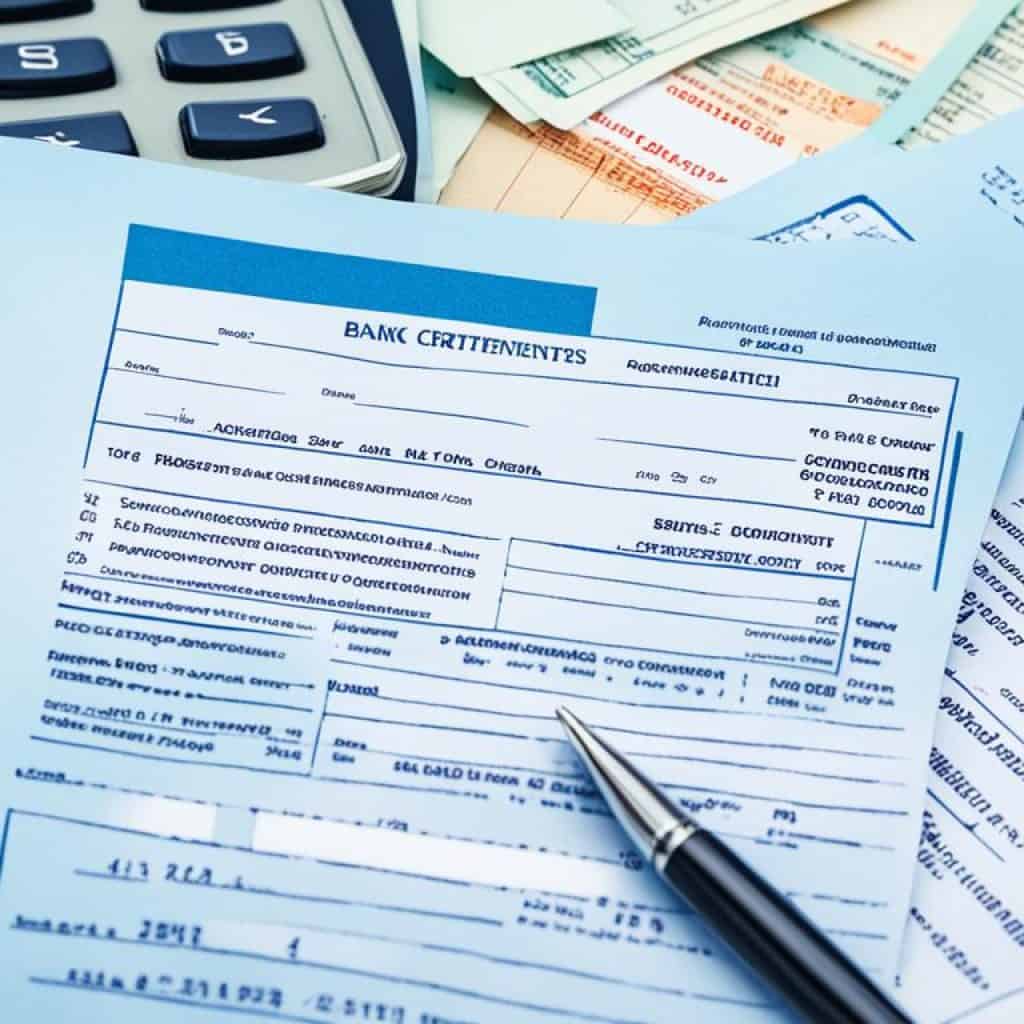
Conclusion
Getting a Philippines visa for the USA may seem hard. But with the right preparation and knowledge, you can improve your chances. Make sure to follow the U.S. Embassy in Manila’s advice.
Bring all needed documents and get ready for the interview. Show that your visit to the U.S. is just for a short time and that you have strong reasons to return back home. This way, you can go through the visa process better and achieve your travel goals to the United States.
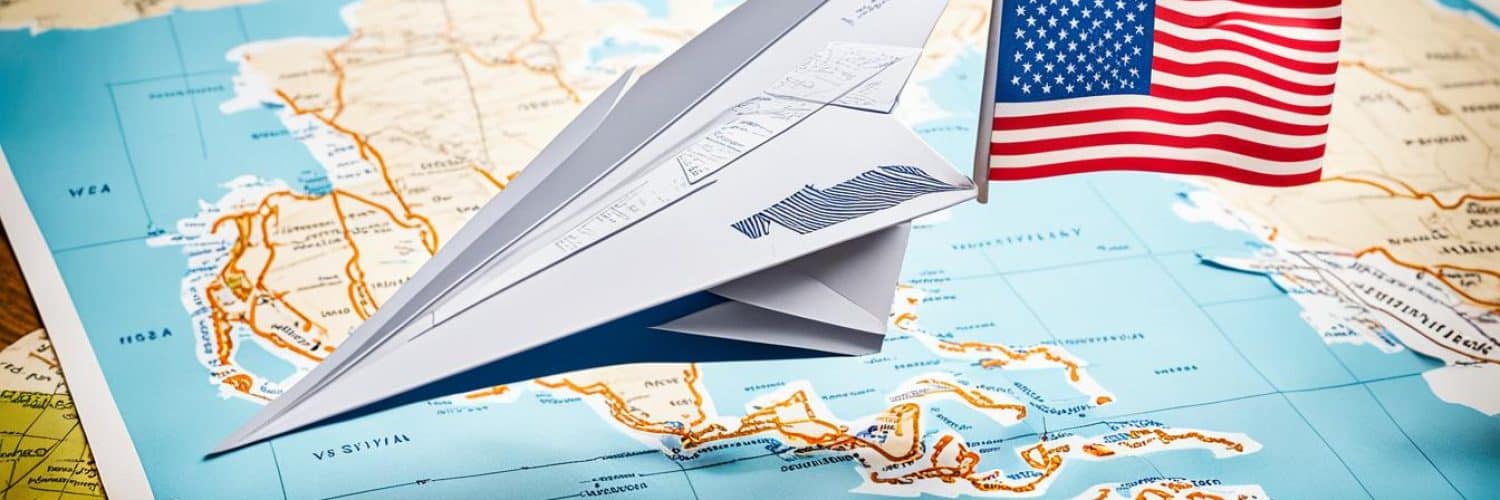
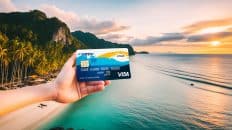
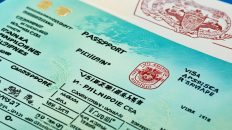
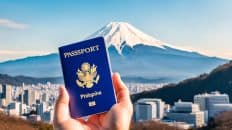














Add comment